To cap off the Blue Corner dive day we visited Jellyfish Lake. I heard about this place about ten years ago, when I went to the “Planet of the Jellies” show at the Monterey Aquarium with Bruce Sterling — later we wrote a story “Big Jelly” together about giant flying jellyfish. These special Palau jellyfish barely sting, they don't eat anything, they get their nourishment from algae cultures that live inside their bodies. All they do all day is pulse their bells so as to move themselves into the sunniest part of the lake to make the algae in their tissues grow. Shades of my moldies in Freeware!
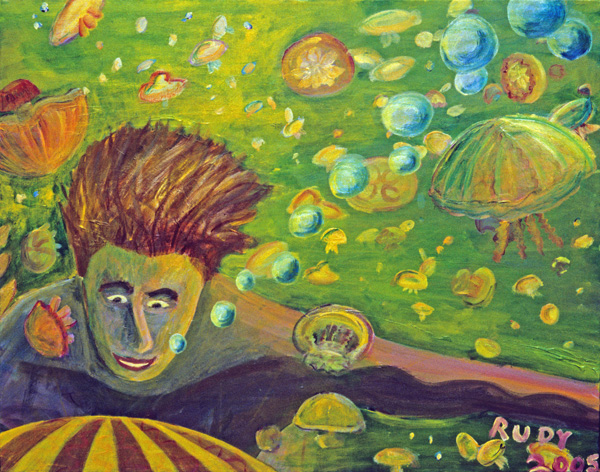
[Painting I later did.]
We swam out into this lake about a hundred yards, wearing masks, snorkels and most of us with fins. Keith, our guide, said the visiting ctenophorologists studying this population estimate it's now fifteen million strong, although in the bad El Nino year it had dropped to virtually nil, with nothing left but some estivating spores or polyps.
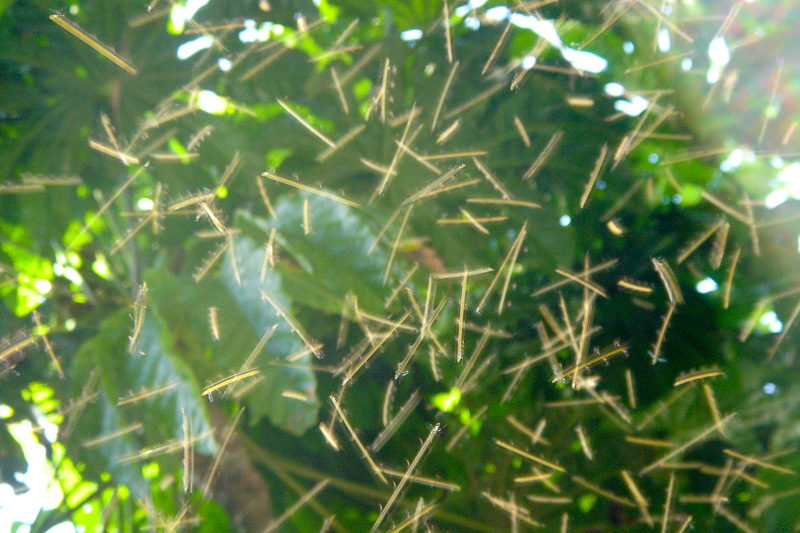
[Unrelated photo of swarming gnats in the air, the lines are the trails of their bodies, and the little tick-marks are their wingbeats.]
So how was it? It put me in mind of a certain kind of program I used to have my computer graphics students write. You define the geometry of some graphical object — we used to use polyhedra or tori — but in this case its a rounded bell with four dangling clappers, positioned like table legs, with lots of bumps along them. And you fill space with objects of this kind with randomly selected radii, or better than random, select the distribution according to a power law so you have, say, a certain number of large four inch diameter jellyfish, twice as many two inchers, four times as many one inchers, eight times as many half inchers, sixteen times as many quarter inchers. And maybe none smaller than that. You randomize their directions of motion, the jellyfish seem to have no inkling of up or down, although they are ever so slowly heading towards the light, this doesn't prevent them from pulsing down for twenty feet or so before getting turned around. You animate them by giving them a repetitive motion. In this case its pulsing.
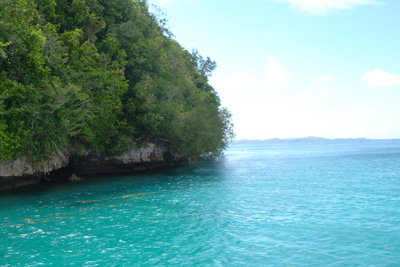
Now I have a theory about jellyfish pulsation. There's a CA reaction taking place in the cells of the bell that leads to moving waves of excitation. The waves move radially out from the center. The waves travel at the same speed in the flesh of any jellyfish, large or small. When the wave hits the rim of the bell, you see the effect of the bell pulsing, or contracting, thus propelling the jellyfish in the direction of the bell's summit. My insight in the water today is that if a jellyfish is half as big as another, it will pulsate twice as fast. More precisely, if a jellyfish bell has radius R, then it will pulsate A/R times per second, where A is a constant having to do with the effective speed of the reaction wave fronts in jellyfish flesh.
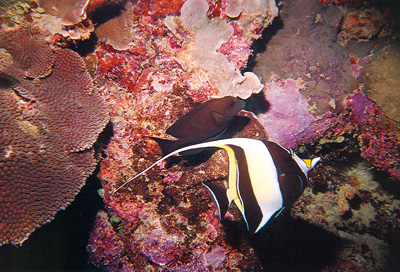
So I'm looking down at them with a scientist's eyes. But also it's completely spacy, there's nothing in the visual field but the greenish yellow sunlight water and the endlessly many jellyfish. A couple of times I dove down to twenty feet, then floated up, with them all around me, no real standard of location or direction, just jellyfish everywhere endlessly.
How densely packed were they? At the thickest regions, there might have been twenty or fifty of them touching my body at any one time, four big guys, eight smaller, sixteen smaller, thirty-two tiny ones, like that. Maybe more. I'd feel something smooth touching me an think I was brushing against another person. Just a jelly.
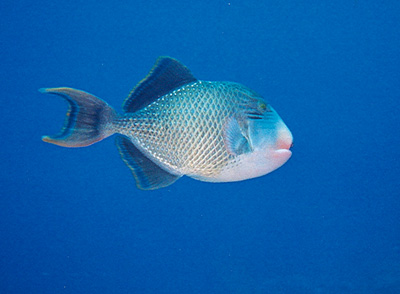
They stung ever so slightly, and the longer I stayed in, the more I could feel the venom. Particularly when I was free diving down through them, I'd feel tingles on my lips when they touched them. Writing about this, my skin is crawling. Quick, rush to the emergency room. The closest one would be, um, Manila.
“Jellyfish like that very hot for two three week, then — wearing the Happy Cloak.”
After seeing jellyfish preserved behind glass in Monterey Bay Aquarium, what a romp to be able to wallow in them. Almost too good to be true. They have three other Jellyfish Lakes that people can't go in at all. They're a little worried that too many people are visiting this one, Palau seems to be a mass tourism destination for Taiwanese in particular, so maybe the days of swimming freely with the jellyfish are limited. Get 'em while you can.
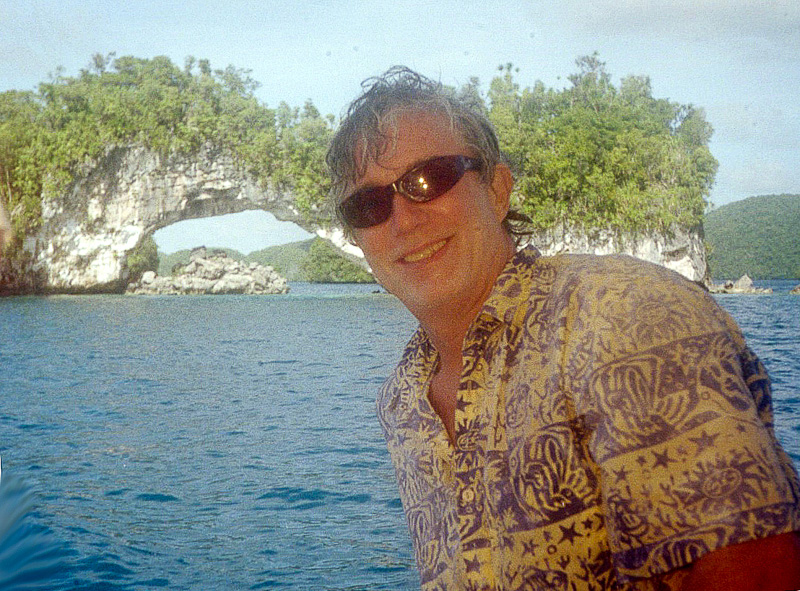









April 22nd, 2005 at 9:15 am
i love the pictures you posted! i hope i could visit the place. i love jellyface to. i love everything that are living in the ocean. i also love swimming. i love water!
sports
November 5th, 2006 at 5:40 am
HAVANA (AP) — Photographs of Fidel Castro standing and talking on the phone were published Sunday in Cuba’s state-run media, a day after the ailing leader appeared in a video to dispel rumors he was on his deathbed.
The Communist Youth newspaper Juventud Rebelde dedicated its front page to the Cuban president, printing a blown-up picture of a pensive Castro with the title “Always fighting for something, and fighting with optimism!”